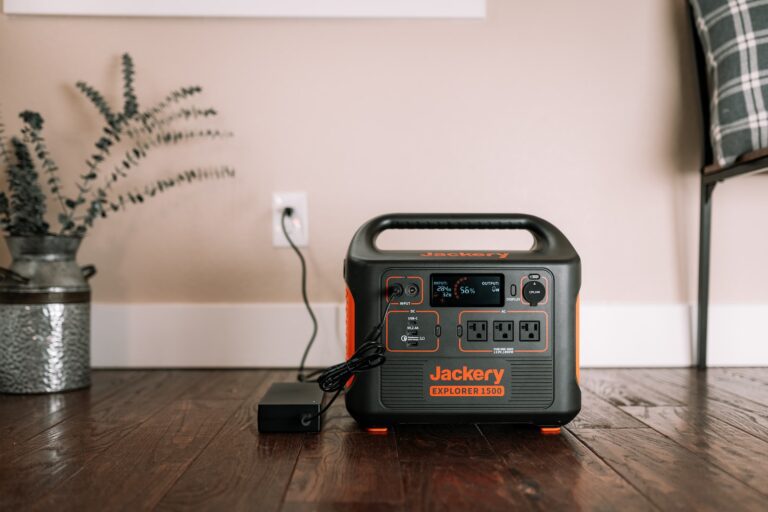How do I transport my portable power station safely?
Transporting a portable power station can be tricky, as these devices can be heavy and bulky, and they also contain batteries that can be dangerous if not handled properly. In this article, I will explore some tips and examples on how to transport your portable power station safely, to ensure that it stays in good condition and is protected during transport.
Packing for Transport
One of the most important things to consider when transporting a portable power station is how to pack it for transport. It’s important to make sure that the power station is protected from damage and that it is not going to move around during transport.
For example, if you have a portable power station with a built-in handle, it’s important to make sure that the handle is securely fastened before transport. It’s also important to pack the power station in a sturdy, padded bag or case to protect it from damage.
Battery Safety
Another important factor to consider when transporting a portable power station is battery safety. It’s important to make sure that the battery is properly secured and that it is not going to move around during transport.
For example, if you have a portable power station with a removable battery, it’s important to make sure that the battery is properly secured before transport. It’s also important to make sure that the battery is not overcharged or discharged, as this can be dangerous.
Temperature Control
Another important factor to consider when transporting a portable power station is temperature control. It’s important to make sure that the power station is not exposed to extreme temperatures, as this can damage the battery and the device.
For example, if you’re transporting a portable power station in a hot car, it’s important to make sure that the power station is not exposed to direct sunlight or to temperatures above 90 degrees F. It’s also important to make sure that the power station is stored in a cool and dry place, away from heat sources.
Air Travel
If you’re planning to travel by air with your portable power station, it’s important to be aware of the regulations and guidelines for transporting batteries on airplanes. The TSA guidelines for air travel stipulate that lithium-ion batteries must be carried in carry-on baggage, and that they must be less than 100 watt-hours per battery. It’s also important to check with your airline and the TSA for the latest guidelines and regulations.
Conclusion
Transporting a portable power station can be tricky, as these devices can be heavy and bulky, and they also contain batteries that can be dangerous if not handled properly. It’s important to pack the power station properly, to make sure the battery is secured, to control the temperature and to check with your airline and the TSA for the latest guidelines and regulations. With proper planning and care, you can ensure that your portable power station stays in good condition and is protected during transport.

